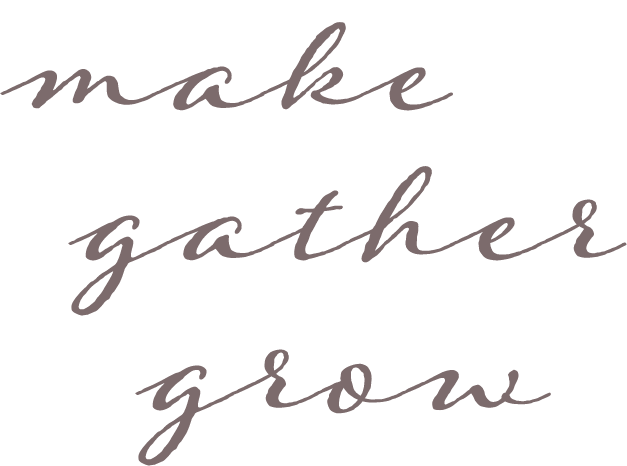Play in the dirt: The potent antidepressant called gardening
Of all the paths you take in life, make sure a few of them are dirt.
– John Muir
Could gardening act as a a kind of anti-depressant? I’m thinking of a dear friend who’s going through a divorce and a lot of exhausting relationship drama. She has a place where it all dissolves and falls away. Her apartment building has a few raised bed boxes for the residents, and this year she got one of them to grow some vegetables. There, sitting on the edge of her garden box and trellising the tender peas, pulling the weeds around the carrots and checking on the broccoli florets, she says, her mind is at ease, no matter what is going on.
Ask any gardener, and they will tell you something similar. The garden is their happy place — the place that de-stresses and relaxes them, chases away the blues, and puts them in the “flow” mode of just enjoying the present moment.
In a lovely essay, neurologist and author Oliver Sacks writes:
“I cannot say exactly how nature exerts its calming and organizing effects on our brains, but I have seen in my patients the restorative and healing powers of nature and gardens, even for those who are deeply disabled neurologically. In many cases, gardens and nature are more powerful than any medication.”
One explanation for the happy gardener
Now scientific studies are starting to bring to light a fascinating explanation for the healing, even euphoric effect of gardening. The secret, it seems, lies in the soil itself. Gardening increases our exposure to beneficial micro-organisms that live in the soil, some of which have anti-depressant qualities. Researchers have been particularly interested in Mycobacterium vaccae, a harmless microbe that can be found in soil and water. Initial studies suggest that the immune response to M. vaccae triggers the release of serotonin in our brain. Serotonin is our bodies’ “happy chemical” that reduces stress and contributes to a sense of well-being.
Illustration by Christopher Silas Neal, from “Up in the Garden and Down in the Dirt” by Kate Messner.
But no single microbe is a miracle cure. More likely, says Daphne Miller, M.D., it’s the exposure to a diversity of micro-organisms that is healing for our immune and nervous systems.
Why we need a diversity of microbial exposure
Unfortunately, exposure to a diversity of micro-organisms is exactly what’s lacking in our microbe-phobic, over-sanitized modern lives. We’re killing the microbial diversity that we’ve evolved with and seem to need for our well-being. Asthma and allergy, for example, are lower in farming communities than in urban areas, as farm children get exposed to a diversity of bacterial species through their interaction with animals and farm dirt. These very bacterial and fungal organisms promote a healthy immunological response.
As Maya Sherat-Klein writes in The Dirt Cure, “It turns out that all the things that are messy and dirty in the world, the very things we thought we needed to control and even eliminate to stay alive, are actually the very elements necessary for robust health.”
So go ahead. Get your hands in the dirt and let your kids play in it too. Glove-free digging, handling compost, saying hello to the occasional earthworm — and above all, eating the fresh, not-obsessively-scrubbed garden produce — may be one of the best things you can do for your health. Unlike with pharmaceutical anti-depressants, gardening has no side effects. Warning: it may be highly addictive though!
I think it’s an addiction we can say yes to. Not only can gardening act as an anti-depressant, but it results in fresh, healthy, nutritious food, which also tends to correlate with overall well-being.


